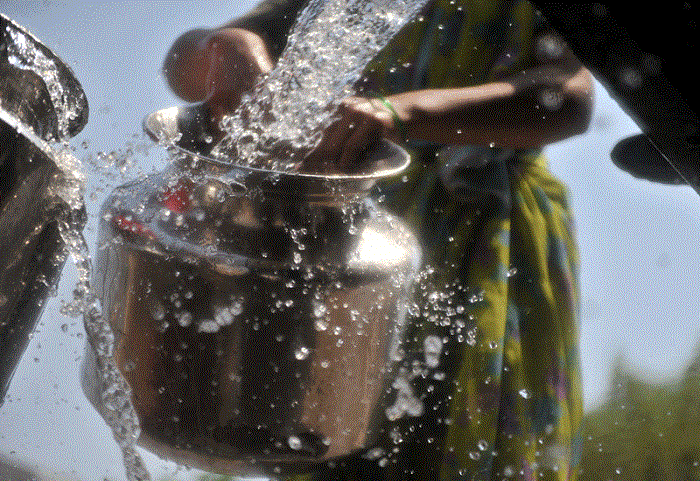You should exercise saving water in and around your home
Water shortage in the recent time has hit most of the countries in East Africa and there is no doubt that urgent measures should be taken by end user, organizations and government to end the shortage that may endanger lives in the region.
Despite the fact that most governments in the region are pumping more funds towards the water sector there is still a maximum wastage of water.
With more areas struggling with droughts worldwide, conserving water is more important than ever. Even if you’re not living in a drought-stricken region, cutting back on water use also means a lower utility bill and helps conserve a precious resource.
Even a few small changes can add up to hundreds of litres.
In and around your bathroom. Here is how to save water in and around your home:
Shorter shower sessions:
This can be easily be adopted by ensuring that You cut down your showering time and thus can save a lot of water by not languishing in the shower.
• Bucket in the shower: Instead of letting water pour down the drain while it’s warming up, put a bucket under the shower head. You can use the water for flushing the toilet or watering plants, even for rinsing fruit and veg.
• Install water-saving shower heads: Inquire at your local hardware store as there are various water and cost-saving options available.
• Turn off the tap while brushing your teeth: This might seem obvious, but a lot of us are guilty of this. Don’t waste water while you brush your teeth or wash your hands.
• Flushing the toilet: If it’s brown, flush it down. If it’s yellow, let it mellow!
• Switch off the warm water tap for your bathroom basins: Limit warm water to your kitchen area only.
• Reuse grey water: Grey water is used water from bathroom sinks, showers, bath tubs and washing machines. It is not water that has come into contact with feces, either from the toilet or from washing nappies. Re-route the runoff water from your washing machine and use that water for things like flushing the toilet.
In and around your kitchen:
• Washing dishes: Rather let your dishes pile up and wash them all in one go, either early morning or at night.
• Invest in a dishwasher: Yes, you’ve read correctly. Modern dishwashers save more water than you can, as they are equipped with soil sensors that can test how dirty your dishes are, and automatically adjusts the cycle to achieve optimum cleaning and minimum water and energy usage.
• Defrosting food: Do not defrost any food under running warm water. Set a reminder on your mobile device for you to remove any frozen foods from the freezer before going to bed.
• Change cooking habits: Instead of boiling your food, steam! Steaming is also a healthier option as the process retains more nutrients in your food.
• Drinking water: Rather keep a jug of chilled drinking water in the refrigerator, rather than relying on tap water, as we are tempted to run the tap until it gets cold.
In and around your house:
• Fix leaks: Leaks are responsible for huge amounts of water going to waste. Keep an eye on your bill to spot leaks. If your water bill spikes suddenly, it may be that there is a leak somewhere. Whether you do it yourself or hire a plumber, check for leaks and fix them.
• Water-saving devices: Aerating your taps, installing low-flow toilets and efficient shower heads can save a lot of water and save you money in the long run. When buying a dishwasher and washing machine, choose Watersense rated appliances that are designed to use less water. Only use appliances when they are fully loaded.
• Reading your water meter: Find your meter water and read it yourself. Make sure that your reading is accurate and reflected correctly in your utility bill. Here’s a handy video that will assist you in reading your water meter:


